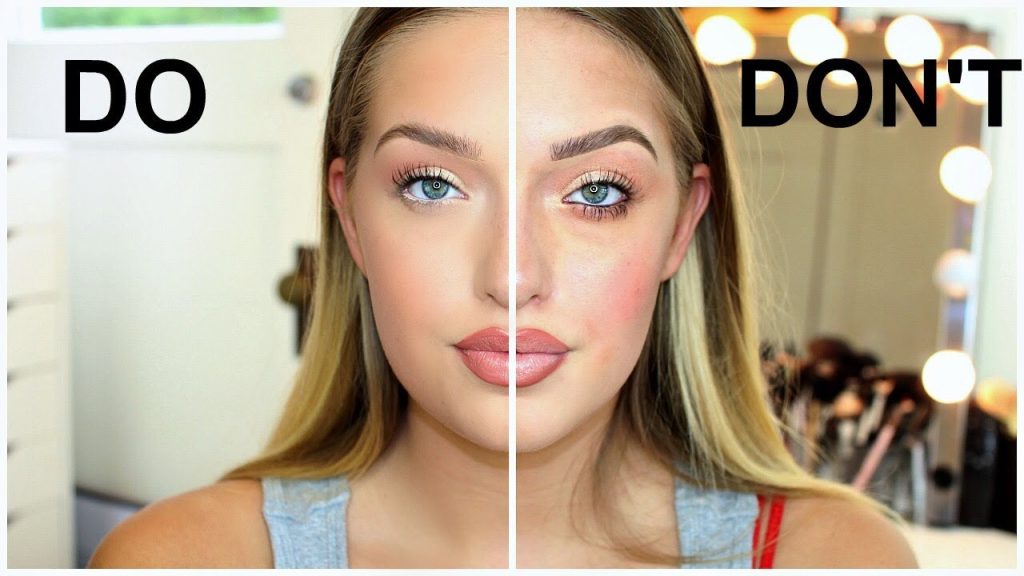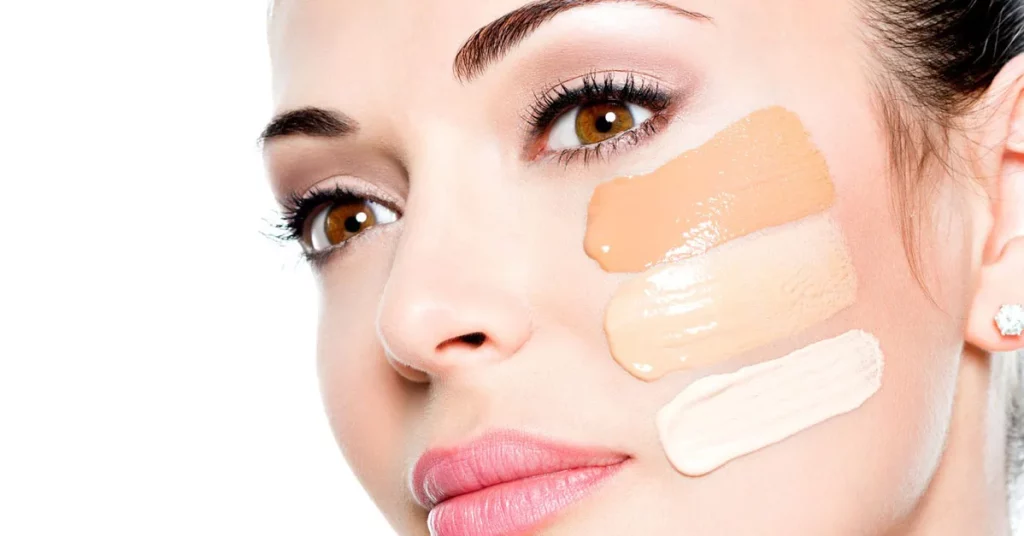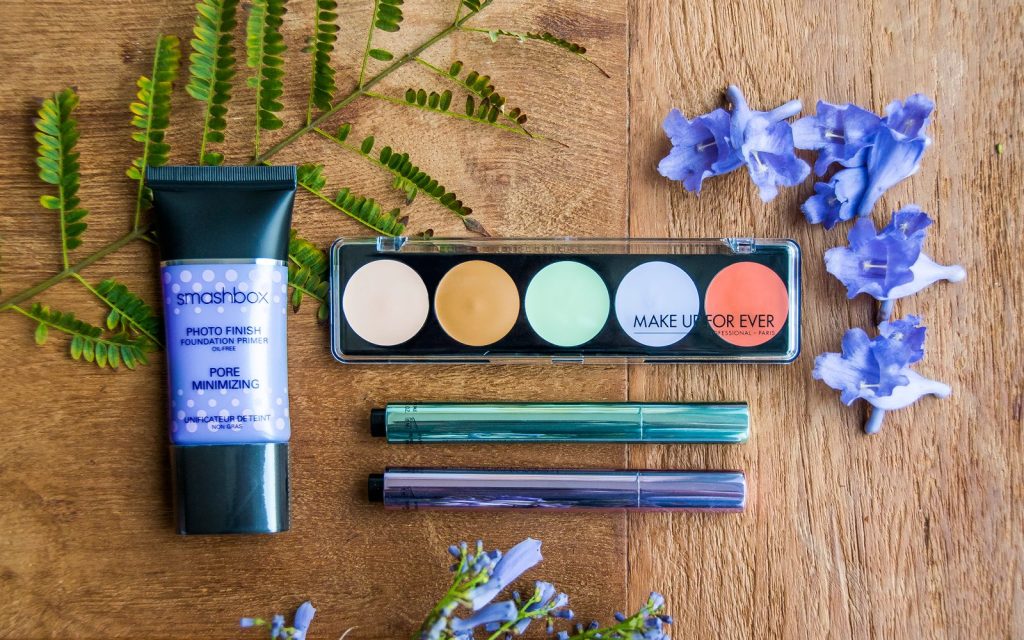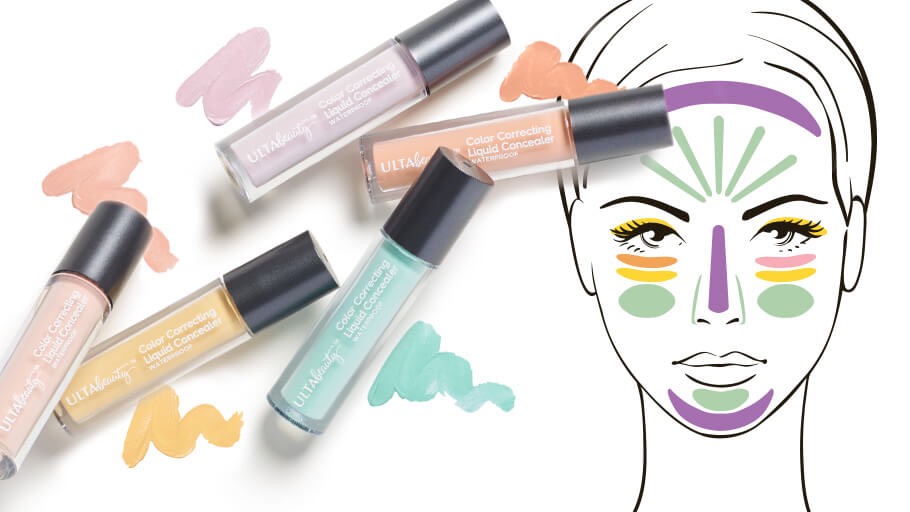The color corrector camouflages skin imperfections, allowing for a flawless makeup finish. There are different shades, so find out which one suits your skin tone and some tips on taking advantage of it.
Concealing imperfections and highlighting the beauty of the face is easier with a color corrector. Although simple makeup helps, sometimes insecurities arise due to pimples, blemishes, scars, dark circles, redness, and other apparent marks.
This type of cosmetic helps camouflage areas where extra coverage is needed. Concealers in stick, liquid, cream, or powder form make it possible to obtain an even complexion. They vary in shade, and the choice depends on the result you are looking for.
What is the function of each color corrector?

There is a color corrector for every situation; the secret is to select the opposite of the condition we want to cover. You will find ranges similar to your skin, lighter and darker, with which, in addition to perfecting, you will illuminate or contour your face. Other colors are considered corrective; they are used before the makeup base to unify the tones.
The application begins with preparing the skin, which must be clean and hydrated to assimilate the products better. Distribute the concealer with light touches, then spread the foundation.
These products should be used in manageable quantities, as their covering power is essential. You can spread it with your fingers, with a sponge, or with a brush. Brushes are ideal when the cosmetic is liquid or powder, while bushes and sponges work best with a creamy texture.
Choose the concealer texture you like the most. As for the color, discover the different functions below.
Green Concealer
Rest assured, the green will not show. On the color wheel, this hue is opposite to red and is ideal for reducing redness.
If you have redness or have sequelae of sunburn and acne, the green concealer conceals them. On white skin, the results are favorable, especially under the nose, the cheekbones, the center of the forehead, and around the nostrils.
Apply concealer directly to the mark, then blend precisely, so it doesn’t show. Then apply your foundation. When the redness is intense, the trick is to match it with a green base.
Orange
The orange concealer is appropriate for marked veins, bruises, blemishes, freckles, and grayish circles under the eyes. It blurs the bluish or brown tints standard in the eye contour. This is the range suitable for dark and medium skin tones.
Blend until the discoloration is imperceptible. Then apply the base. Do not abuse both products; the orange concealer covers enough it thickens the layers that end up cracking.
Yellow
The yellow concealer hides blackheads, light redness, purple spots, sunspots, and age spots. Makeup artists recommend it to illuminate the face, although it also covers varicose veins.
It should always be spread before the base. If you have dark skin, the yellow concealer will highlight it, especially if you pair it with a golden undertone.
White
Its purpose is to illuminate. It does not mask imperfections but fills in expression lines. It adds volume to the upper part of the cheekbone and the brow bone.
The instructions for use are similar to those of other correctors: with caution, without abuse, and using the appropriate instruments.
Purple Concealer
Violet corrector balances yellowish areas. It tints lightly tanned skin and enhances the olive appearance.
Professional makeup artists agree that this concealer revitalizes dull tones, contributing to skin warmth. It is to be applied under the base and is valid on the whole face.
Blue
Similar to purple, turquoise blue hides orange or yellow flaws. It is usually applied around the eyes, on fair complexions, and with medium skin. Its effects make it possible to camouflage tanning defects.
Apply blue concealer to the desired area, blend and seal with primer.
Rose
The pink concealer is ideal for neutralizing greenish veins, dark circles, and bruises on yellow skin. Men use it to hide the ashy look of a growing beard.
It illuminates the eye contour and helps to display a relaxed and healthy face. Pigment the area to camouflage, enlarge, and complete with the base to continue the makeup.
Fishing
The peach concealer conceals dark spots on dark skin tones. It consists of a mixture of red, yellow, and orange, which corrects discoloration with a purple, blue, or green tendency. It is perfect for olive or tan complexions. Apply it with a pink base for a radiant complexion.
Brown
The brown corrector gives depth to the contour of the face. Its effects are superior when combined with natural concealers and illuminators. Apply it with a brush, and contour the face. Blend, then follow with the foundation.
Skin Tone Correctors
These are the best-known. They are used in areas previously neutralized by a color. For example, you can apply green concealer to a burn and then fill it in with natural concealer.
This range illuminates and gives volume. The magic lies in choosing a tone lower than the skin.
Can you mix different color correctors?

The answer is yes. People with different skin conditions often combine shades, starting with a pre-corrector and moving on to the foundation.
Two colors can harmonize. A possible case is a yellowish skin with purple circles under the eyes and pimples. The solution? A peach concealer under the eyes, green on the spots, and we cover everything with a foundation.
Some recommendations for choosing a color corrector

Knowing the effects of each color makes it easier to choose the right product for each case. However, keep the following recommendations in mind:
- At the time of purchase, consult the advisers in-store: you will thus choose the alternative that best integrates with the base, the make-up, the blush, and the rest of the make-up.
- Choose the long term: there are many brands; hence the importance of advice.
- Check if it contains components to nourish the skin: vitamins B3, C, and E are specified on the labels. Ditto with the contribution of collagen.
- Look for concealers that protect against the sun: They soften blemishes and provide a layer of defense against ultraviolet (UV) rays.
Color corrector and self-esteem

The color corrector helps mask skin imperfections that influence self-esteem. Makeup promotes appearance but sometimes goes beyond aesthetics and functions as a therapeutic tool. Feel free to apply this cosmetic camo if it feels good to you.
